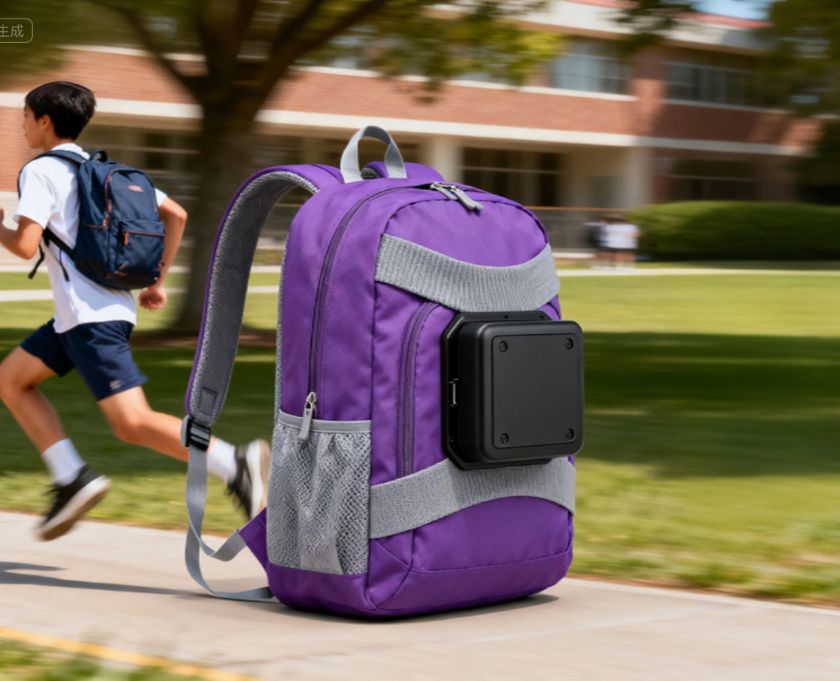Beautiful Plants For Your Interior

In 2025, student backpacks are undergoing a revolution in ergonomic and lightweight design. With children carrying more books, devices, and supplies than ever before, weight reduction is no longer just a feature—it is a necessity for long-term spinal health.
Why Weight Reduction Matters for Student Health
Heavy school bags have been linked to back pain, spinal deformities, and posture problems. The World Health Organization suggests that backpacks should not exceed 10–15% of a child’s body weight, but in reality, most exceed this limit.
Weight-reduction backpacks aim to protect posture, reduce fatigue, and support healthy growth.
The Evolution of School Backpack Design
- 1980s–1990s: Focused on durability, often heavy canvas or leather.
- 2000s: Introduction of synthetic materials, lighter but less ergonomic.
- 2015–2020: Rise of ergonomic school bags with padded straps.
- 2025: Integration of smart technology, eco-friendly materials, and advanced ergonomics.
Core Principles of Weight-Reduction in Backpacks
Ergonomic Structures
Backpacks in 2025 feature S-shaped spine-aligned panels that fit the body naturally.
Smart Load Distribution
Multiple compartments balance books and laptops evenly, preventing strain on one side.
Lightweight and Durable Materials
From advanced nylon composites to carbon fiber reinforcements, today’s backpacks combine strength with minimal weight.
2025 Innovative Highlights in Backpack Design
Use of Carbon Fiber and Advanced Nylon
Backpacks now use aerospace-grade materials, reducing weight while enhancing durability.
Breathable, Eco-Friendly Fabrics
Sustainable fabrics like recycled polyester and organic cotton blends ensure comfort and environmental responsibility.
Integrated Spine-Support Systems
Advanced lumbar padding and adjustable support panels help maintain proper posture.
Modular and Expandable Compartments
Students can adjust storage based on daily needs, avoiding unnecessary weight.
Smart Technology Integration
USB charging ports, weight sensors, and even AI-based posture monitoring apps are being built into backpacks.
Comparison: Traditional vs. 2025 Weight-Reduced Backpacks
| Feature | Traditional Backpack | 2025 Weight-Reduction Backpack |
|---|---|---|
| Weight | 1.5–2.5 kg | 0.8–1.2 kg |
| Materials | Canvas, basic nylon | Carbon fiber, eco-nylon |
| Ergonomics | Minimal support | Full spine alignment |
| Technology | None | Smart sensors, charging ports |
| Health Impact | Back pain risk | Posture protection |
Long-Term Benefits for Students
- Reduced risk of scoliosis.
- Improved energy and concentration.
- Enhanced academic performance due to comfort.
- Long-term musculoskeletal health.
Expert Opinions: Doctors and Ergonomic Specialists
Orthopedic doctors emphasize that spinal health in childhood determines adult posture. Ergonomic backpacks are considered preventive healthcare tools, not just accessories.
Best 2025 Student Backpack Models
- Samsonite Student Ergonomic Line – Global leader in lightweight tech.
- Osprey Student Series – Outdoor-inspired durability adapted for schools.
- Chinese Eco-Brands – Affordable and sustainable local innovations.
FAQ
Q1: Are ergonomic backpacks worth the higher price?
Yes. They prevent costly medical issues later.
Q2: Can smart backpacks track posture?
Yes, some 2025 models have built-in sensors connected to mobile apps.
Q3: Are eco-friendly backpacks durable?
Absolutely. Modern eco-fabrics rival synthetic materials in strength.
Conclusion: A Healthier Future for Students
2025 marks a turning point in student backpack design. The focus is no longer only on style or storage—it is about protecting spinal health and reducing weight burdens. For parents and schools, choosing these backpacks means investing in a healthier generation.